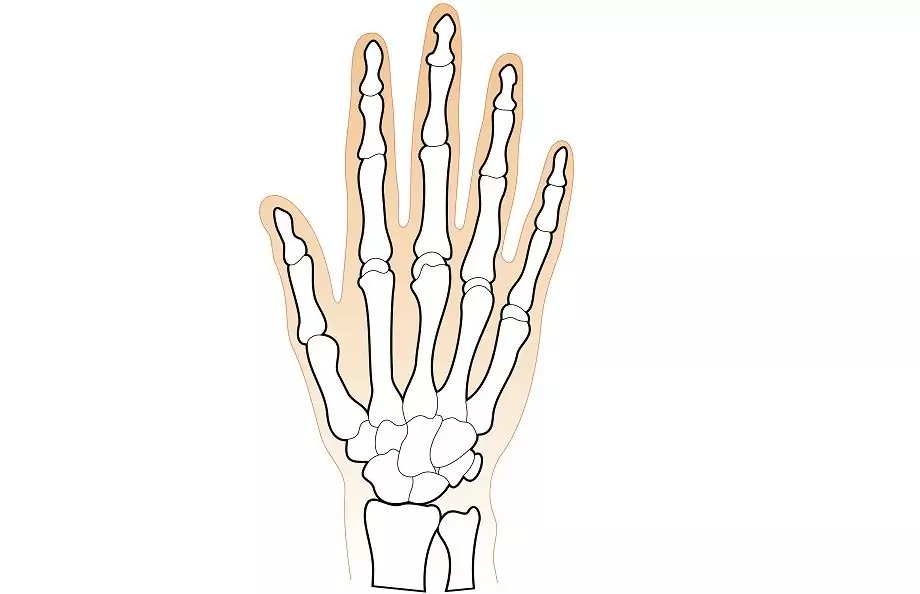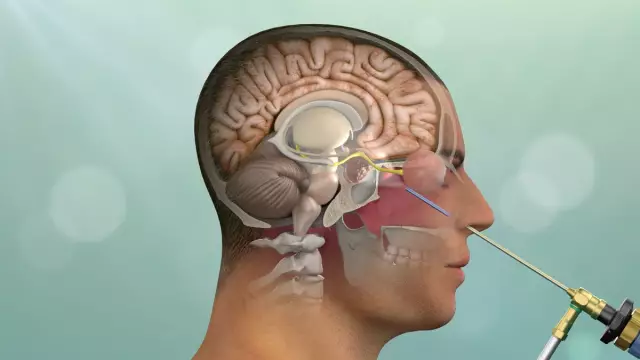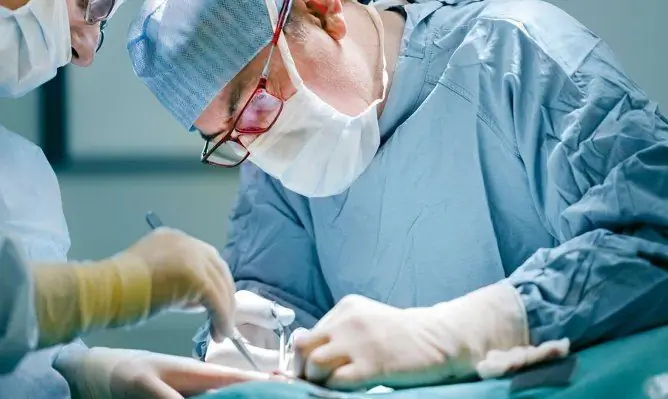- Author Rachel Wainwright [email protected].
- Public 2023-12-15 07:39.
- Last modified 2025-11-02 20:14.
Rupture and damage to the meniscus
General characteristics of the disease

The knee meniscus refers to the cartilage pads. They perform several important functions at once, the main of which is to stabilize the joint and protect it from damage under significant loads. Cartilage pads successfully solve these tasks by changing their shape during movements in the knee joint. Various injuries, for example, a meniscus rupture, lead to severe pain, dysfunction of the joints, a significant limitation of a person's motor activity.
Cartilage pads are classified into two types. The lateral meniscus is located closer to the outside of the joint. He is quite mobile, and therefore his traumatic injuries are rare. In turn, the medial meniscus is located close to the median part of the joint, which affects its mobility and, as a result, increases the risk of injury.
Causes of damage to the meniscus
There are several factors that can lead to joint injury. In most cases, meniscus injury occurs as a result of indirect or combined injury. In addition, cartilage pads can be easily damaged by sudden knee extension, lower leg abduction, or direct injury. There are also known degenerative changes in the meniscus associated with chronic intoxication, rheumatism and microtrauma.
All joint injuries can be divided into several types:
- detachment of the meniscus - the departure of the strip from the place of attachment in the region of the posterior and anterior horns;
- rupture of the meniscus in the transchondral zone;
- degenerative changes, too strong mobility of the meniscus;
- cystic degeneration;
- combinations of the above damages.
Damage to the meniscus - symptoms and clinical picture of the development of the disease
Symptoms of meniscus damage depend on the form of the disease. In the acute period, diagnosis is significantly difficult due to the fact that damage to the meniscus manifests itself in signs of nonspecific inflammation, which can occur as a result of other damage to the joint. The characteristic symptoms in the acute form are severe local pain when walking, the presence of hemarthrosis, a sharp restriction of movement. If a patient is diagnosed with an acute form on time, treatment, as a rule, does not present any particular difficulties and leads to a complete recovery.
If, for any reason, damage to the meniscus could not be detected within an acceptable time frame, the reactive phenomena subside for a short period, after which the sick person appears: infiltration (accumulation of fluid in the knee joint), effusion, capsules at the level of the knee gap, severe swelling in the area of damage and, in the end, a complete blockade of the joint occurs. In the latter case, only an operation on the meniscus will help to get rid of unpleasant sensations, but we do not recommend bringing it to this, since any surgical intervention is an extreme measure.
Damage to the meniscus - treatment of various forms of the disease
The choice of treatment method depends on the severity of the patient's condition. Small meniscus tears or minor degenerative changes can be easily cured with conservative methods. But they will be completely ineffective for large tears or blockade of the knee joint, when the patient needs to remove the meniscus. However, the need for surgery does not arise often, since in most cases the medial meniscus suffers from moderate injuries.

Nevertheless, we want to dwell in more detail on the surgical treatment of meniscus injuries, since it is this that causes the greatest number of questions in patients. In surgical intervention, the main goal of the surgeon is to preserve the main body of the cartilaginous pad. This is possible if the meniscus rupture is repaired by fusion through a surgical suture. This operation on the meniscus is performed by arthroscopy. Doctors make several small surgical holes and fill the gap through them using miniature video cameras and modern instruments. This takes into account: the location of the injury, its orientation, the duration of the injury, the patient's age and the stability of the knee joint. The younger the patient, the less likely it is that degenerative processestears and delamination will have serious consequences. Arthroscopic technique is not suitable for displaced tears. In the latter case, it is advisable to use a meniscectomy - removal of the meniscus, or rather its detached part.
As mentioned above, the success of surgical treatment depends on a variety of factors. Even if the operation on the meniscus was successful, the patient should still be prepared for the fact that he will have to limit physical activity and move with crutches for several days. The swelling in the knee joint persists for 4-6 weeks. Only after this time a person returns to normal life, can again fully work and play sports.
YouTube video related to the article:
The information is generalized and provided for informational purposes only. At the first sign of illness, see your doctor. Self-medication is hazardous to health!






